Die Erziehung freundlicher, selbstbewusster und verantwortungsbewusster Kinder ist ein Traum aller Eltern. Aber wie fördern Sie diese Eigenschaften bei Ihren Kleinen, während Sie ihnen Disziplin beibringen? Es mag herausfordernd klingen, aber mit der richtigen Herangehensweise kann Disziplin zu einem Werkzeug zur Charakterbildung Ihres Kindes werden und nicht nur zu einer Möglichkeit, Regeln durchzusetzen. Lassen Sie uns einige freundliche, effektive Strategien erkunden, die Ihren Kindern eine positive Entwicklung ermöglichen können!
1. Fokus auf Lehren, nicht auf Bestrafen
Bei Disziplin geht es nicht darum, zu schimpfen oder zu bestrafen – es geht darum, etwas zu lehren. Wenn sich Kinder schlecht benehmen, nehmen Sie den Moment als Gelegenheit wahr, ihnen Orientierung zu geben. Erklären Sie ruhig, warum ihr Verhalten unangemessen war, und schlagen Sie für das nächste Mal bessere Entscheidungen vor. Zum Beispiel:
Anstatt zu sagen: „Hör auf zu schreien!“ Versuchen Sie: „Ich verstehe, dass Sie verärgert sind. Lasst uns mit unserer ruhigen Stimme darüber reden, was los ist.“
Dieser Ansatz gibt Kindern das Gefühl, gehört zu werden, und lehrt sie, konstruktiv mit Emotionen umzugehen.
2. Sei konsequent (aber flexibel, wenn nötig!)
Kinder leben von Beständigkeit, weil sie ihnen hilft, Erwartungen zu verstehen. Legen Sie klare Regeln und Konsequenzen fest, aber denken Sie daran: Flexibilität ist genauso wichtig. Manchmal bringt das Leben unerwartete Überraschungen mit sich, und es ist in Ordnung, sich anzupassen.
Wenn Ihr Kind beispielsweise einen harten Tag hat, kann es effektiver sein, mehr Geduld zu zeigen, als sich strikt an die Regeln zu halten. Dieses Gleichgewicht lehrt Kinder, dass Fairness nicht immer bedeutet, dass alles beim Alten bleibt – es bedeutet, die Umstände mit Freundlichkeit zu betrachten.
3. Modellieren Sie das Verhalten, das Sie sehen möchten
Kinder sind wie kleine Spiegel – sie spiegeln das wider, was sie in dir sehen. Möchten Sie, dass sie freundlich sind? Zeigen Sie Freundlichkeit. Möchten Sie, dass sie sich entschuldigen, wenn sie Unrecht haben? Lassen Sie sie hören, wie Sie „Es tut mir leid“ sagen, wenn Sie einen Fehler machen.
Bei gutem Benehmen kommt es nicht nur darauf an, was Sie sagen; Es geht darum, wie Sie sich in alltäglichen Situationen verhalten. Wenn Ihr Kind sieht, dass Sie unter Druck ruhig bleiben oder einem Nachbarn helfen, lernt es Eigenschaften wie Geduld und Großzügigkeit, ohne es überhaupt zu merken.
4. Unabhängigkeit und Entscheidungsfindung fördern
Eine der besten Möglichkeiten, das Selbstvertrauen von Kindern zu stärken, besteht darin, ihnen die Möglichkeit zu geben, Entscheidungen zu treffen. Lassen Sie sie ihre Kleidung aussuchen, ihre Gute-Nacht-Geschichte auswählen oder bei der Planung einer Familienaktivität helfen.
Sicherlich wird es Momente geben, in denen sie fragwürdige Entscheidungen treffen (z. B. das Tragen nicht passender Socken), aber diese Momente sind wertvoll! Sie lehren Problemlösung, Verantwortung und die Wichtigkeit, aus Fehlern zu lernen.
5. Verwenden Sie positive Verstärkung
Feiern Sie die guten Dinge, die Ihr Kind tut, egal wie klein es ist. Ein einfaches „Ich bin stolz auf dich, dass du dein Spielzeug mit deinem Freund teilst“ kann viel bewirken. Positive Verstärkung hilft Kindern zu verstehen, welche Verhaltensweisen geschätzt werden, und ermutigt sie, diese Handlungen zu wiederholen.
Profi-Tipp: Anstatt sich nur auf die Ergebnisse zu konzentrieren, loben Sie den Aufwand. Zum Beispiel: „Du hast so hart an diesem Rätsel gearbeitet! Tolle Arbeit!“ Dies hilft Kindern, Ausdauer und eine Wachstumsmentalität zu entwickeln.
6. Empathie durch Verbindung lehren
Empathie ist ein Grundpfeiler eines starken Charakters. Helfen Sie Ihrem Kind zu verstehen, wie sich seine Handlungen auf andere auswirken, indem Sie es ermutigen, aus der Perspektive einer anderen Person zu denken.
Wenn Ihr Kind beispielsweise die Gefühle eines Freundes verletzt, fragen Sie: „Wie hat sich das Kind Ihrer Meinung nach gefühlt, als das passiert ist?“ Leiten Sie sie dann dazu, einen Weg zur Wiedergutmachung zu finden, indem Sie sich beispielsweise entschuldigen oder ein Bild zeichnen, um sich zu entschuldigen.
7. Ruhig bleiben (auch wenn es schwer ist!)
Seien wir ehrlich – Kinder wissen, wie man Knöpfe drückt. Aber wenn Sie die Fassung verlieren, kann dies die Lektion, die Sie vermitteln möchten, in den Schatten stellen. Wenn die Gemüter aufflammen, atmen Sie tief ein und zählen Sie bis drei, bevor Sie reagieren. Dies hält nicht nur die Situation unter Kontrolle, sondern zeigt Ihrem Kind auch, wie es mit seinen Emotionen umgehen kann.
8. Fehler in Lernmomente verwandeln
Kein Kind ist perfekt (und Eltern auch nicht!). Fehler sind ein natürlicher Teil des Erwachsenwerdens. Anstatt sich auf den Fehler zu konzentrieren, leiten Sie Ihr Kind zum Nachdenken und zur Verbesserung an. Stellen Sie Fragen wie: „Was können wir das nächste Mal anders machen?“ zur Problemlösung anregen.
9. Feiern Sie ihr Wachstum
Disziplin ist eine Reise, kein Ziel. Wenn Ihr Kind lernt und wächst, feiern Sie seine Fortschritte! Ganz gleich, ob es sich um einen großen Erfolg handelt, wie zum Beispiel das Erlernen des Teilens, oder um einen kleinen Meilenstein, wie zum Beispiel die Erinnerung daran, „Bitte“ zu sagen: Lassen Sie sie wissen, dass Sie stolz auf ihre Bemühungen sind.
Abschließende Gedanken
Disziplin muss nicht entmutigend sein – sie kann ein liebevoller und positiver Teil der Elternschaft sein. Indem Sie sich darauf konzentrieren, zu lehren statt zu bestrafen, gutes Verhalten vorzuleben und Empathie zu fördern, helfen Sie Ihrem Kind, Eigenschaften zu entwickeln, die ihm ein Leben lang von Nutzen sein werden.
Denken Sie daran, dass jedes Kind einzigartig ist und es keinen einheitlichen Ansatz gibt. Seien Sie geduldig, bleiben Sie konsequent und geben Sie sich auf dem Weg Gnade. Schließlich geht es bei der Elternschaft sowohl um Wachstum als auch um Führung. 💛
Was ist Ihr Lieblingstipp zum Unterrichten von Disziplin? Lass es uns unten in den Kommentaren wissen!
1. Fokus auf Lehren, nicht auf Bestrafen
Bei Disziplin geht es nicht darum, zu schimpfen oder zu bestrafen – es geht darum, etwas zu lehren. Wenn sich Kinder schlecht benehmen, nehmen Sie den Moment als Gelegenheit wahr, ihnen Orientierung zu geben. Erklären Sie ruhig, warum ihr Verhalten unangemessen war, und schlagen Sie für das nächste Mal bessere Entscheidungen vor. Zum Beispiel:
Anstatt zu sagen: „Hör auf zu schreien!“ Versuchen Sie: „Ich verstehe, dass Sie verärgert sind. Lasst uns mit unserer ruhigen Stimme darüber reden, was los ist.“
Dieser Ansatz gibt Kindern das Gefühl, gehört zu werden, und lehrt sie, konstruktiv mit Emotionen umzugehen.
2. Sei konsequent (aber flexibel, wenn nötig!)
Kinder leben von Beständigkeit, weil sie ihnen hilft, Erwartungen zu verstehen. Legen Sie klare Regeln und Konsequenzen fest, aber denken Sie daran: Flexibilität ist genauso wichtig. Manchmal bringt das Leben unerwartete Überraschungen mit sich, und es ist in Ordnung, sich anzupassen.
Wenn Ihr Kind beispielsweise einen harten Tag hat, kann es effektiver sein, mehr Geduld zu zeigen, als sich strikt an die Regeln zu halten. Dieses Gleichgewicht lehrt Kinder, dass Fairness nicht immer bedeutet, dass alles beim Alten bleibt – es bedeutet, die Umstände mit Freundlichkeit zu betrachten.
3. Modellieren Sie das Verhalten, das Sie sehen möchten
Kinder sind wie kleine Spiegel – sie spiegeln das wider, was sie in dir sehen. Möchten Sie, dass sie freundlich sind? Zeigen Sie Freundlichkeit. Möchten Sie, dass sie sich entschuldigen, wenn sie Unrecht haben? Lassen Sie sie hören, wie Sie „Es tut mir leid“ sagen, wenn Sie einen Fehler machen.
Bei gutem Benehmen kommt es nicht nur darauf an, was Sie sagen; Es geht darum, wie Sie sich in alltäglichen Situationen verhalten. Wenn Ihr Kind sieht, dass Sie unter Druck ruhig bleiben oder einem Nachbarn helfen, lernt es Eigenschaften wie Geduld und Großzügigkeit, ohne es überhaupt zu merken.
4. Unabhängigkeit und Entscheidungsfindung fördern
Eine der besten Möglichkeiten, das Selbstvertrauen von Kindern zu stärken, besteht darin, ihnen die Möglichkeit zu geben, Entscheidungen zu treffen. Lassen Sie sie ihre Kleidung aussuchen, ihre Gute-Nacht-Geschichte auswählen oder bei der Planung einer Familienaktivität helfen.
Sicherlich wird es Momente geben, in denen sie fragwürdige Entscheidungen treffen (z. B. das Tragen nicht passender Socken), aber diese Momente sind wertvoll! Sie lehren Problemlösung, Verantwortung und die Wichtigkeit, aus Fehlern zu lernen.
5. Verwenden Sie positive Verstärkung
Feiern Sie die guten Dinge, die Ihr Kind tut, egal wie klein es ist. Ein einfaches „Ich bin stolz auf dich, dass du dein Spielzeug mit deinem Freund teilst“ kann viel bewirken. Positive Verstärkung hilft Kindern zu verstehen, welche Verhaltensweisen geschätzt werden, und ermutigt sie, diese Handlungen zu wiederholen.
Profi-Tipp: Anstatt sich nur auf die Ergebnisse zu konzentrieren, loben Sie den Aufwand. Zum Beispiel: „Du hast so hart an diesem Rätsel gearbeitet! Tolle Arbeit!“ Dies hilft Kindern, Ausdauer und eine Wachstumsmentalität zu entwickeln.
6. Empathie durch Verbindung lehren
Empathie ist ein Grundpfeiler eines starken Charakters. Helfen Sie Ihrem Kind zu verstehen, wie sich seine Handlungen auf andere auswirken, indem Sie es ermutigen, aus der Perspektive einer anderen Person zu denken.
Wenn Ihr Kind beispielsweise die Gefühle eines Freundes verletzt, fragen Sie: „Wie hat sich das Kind Ihrer Meinung nach gefühlt, als das passiert ist?“ Leiten Sie sie dann dazu, einen Weg zur Wiedergutmachung zu finden, indem Sie sich beispielsweise entschuldigen oder ein Bild zeichnen, um sich zu entschuldigen.
7. Ruhig bleiben (auch wenn es schwer ist!)
Seien wir ehrlich – Kinder wissen, wie man Knöpfe drückt. Aber wenn Sie die Fassung verlieren, kann dies die Lektion, die Sie vermitteln möchten, in den Schatten stellen. Wenn die Gemüter aufflammen, atmen Sie tief ein und zählen Sie bis drei, bevor Sie reagieren. Dies hält nicht nur die Situation unter Kontrolle, sondern zeigt Ihrem Kind auch, wie es mit seinen Emotionen umgehen kann.
8. Fehler in Lernmomente verwandeln
Kein Kind ist perfekt (und Eltern auch nicht!). Fehler sind ein natürlicher Teil des Erwachsenwerdens. Anstatt sich auf den Fehler zu konzentrieren, leiten Sie Ihr Kind zum Nachdenken und zur Verbesserung an. Stellen Sie Fragen wie: „Was können wir das nächste Mal anders machen?“ zur Problemlösung anregen.
9. Feiern Sie ihr Wachstum
Disziplin ist eine Reise, kein Ziel. Wenn Ihr Kind lernt und wächst, feiern Sie seine Fortschritte! Ganz gleich, ob es sich um einen großen Erfolg handelt, wie zum Beispiel das Erlernen des Teilens, oder um einen kleinen Meilenstein, wie zum Beispiel die Erinnerung daran, „Bitte“ zu sagen: Lassen Sie sie wissen, dass Sie stolz auf ihre Bemühungen sind.
Abschließende Gedanken
Disziplin muss nicht entmutigend sein – sie kann ein liebevoller und positiver Teil der Elternschaft sein. Indem Sie sich darauf konzentrieren, zu lehren statt zu bestrafen, gutes Verhalten vorzuleben und Empathie zu fördern, helfen Sie Ihrem Kind, Eigenschaften zu entwickeln, die ihm ein Leben lang von Nutzen sein werden.
Denken Sie daran, dass jedes Kind einzigartig ist und es keinen einheitlichen Ansatz gibt. Seien Sie geduldig, bleiben Sie konsequent und geben Sie sich auf dem Weg Gnade. Schließlich geht es bei der Elternschaft sowohl um Wachstum als auch um Führung. 💛
Was ist Ihr Lieblingstipp zum Unterrichten von Disziplin? Lass es uns unten in den Kommentaren wissen!


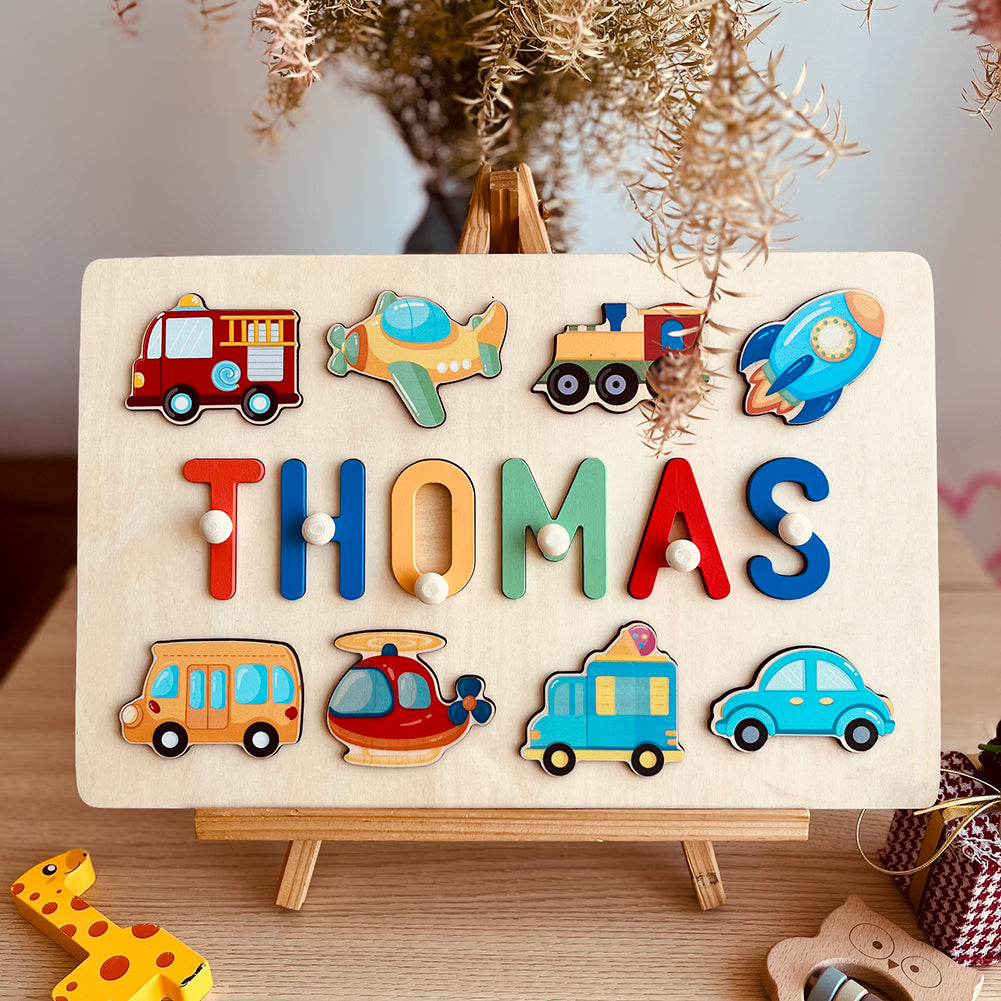
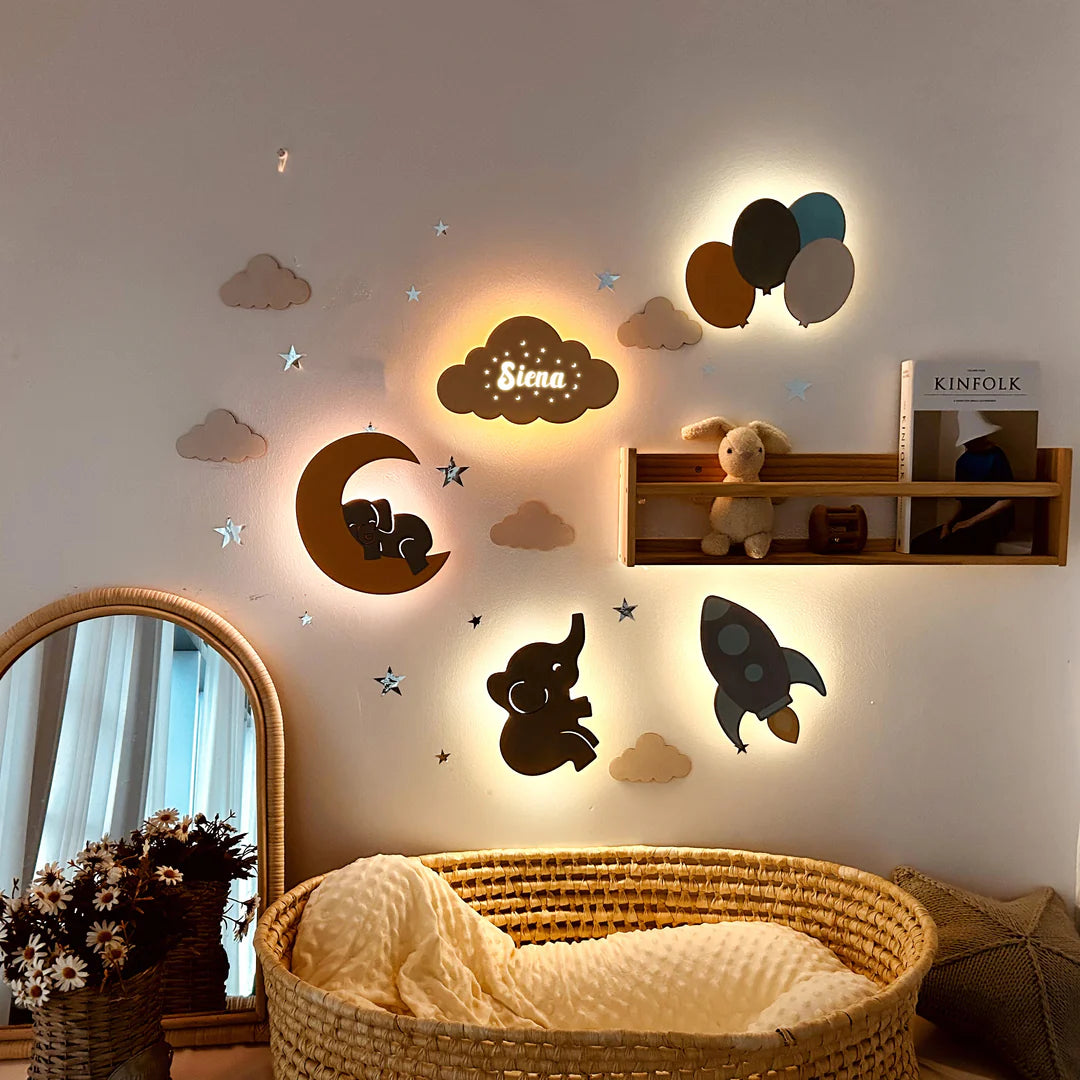
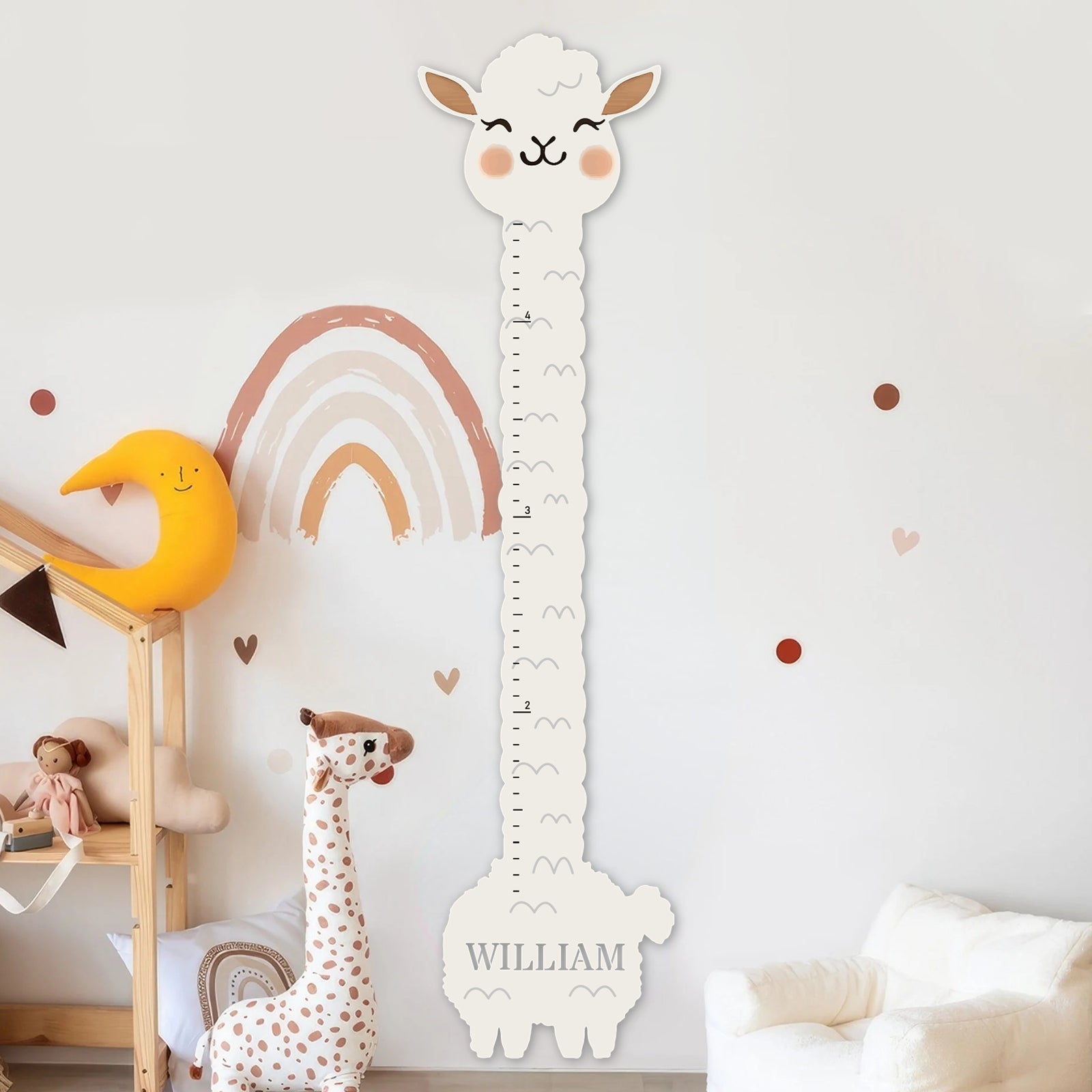

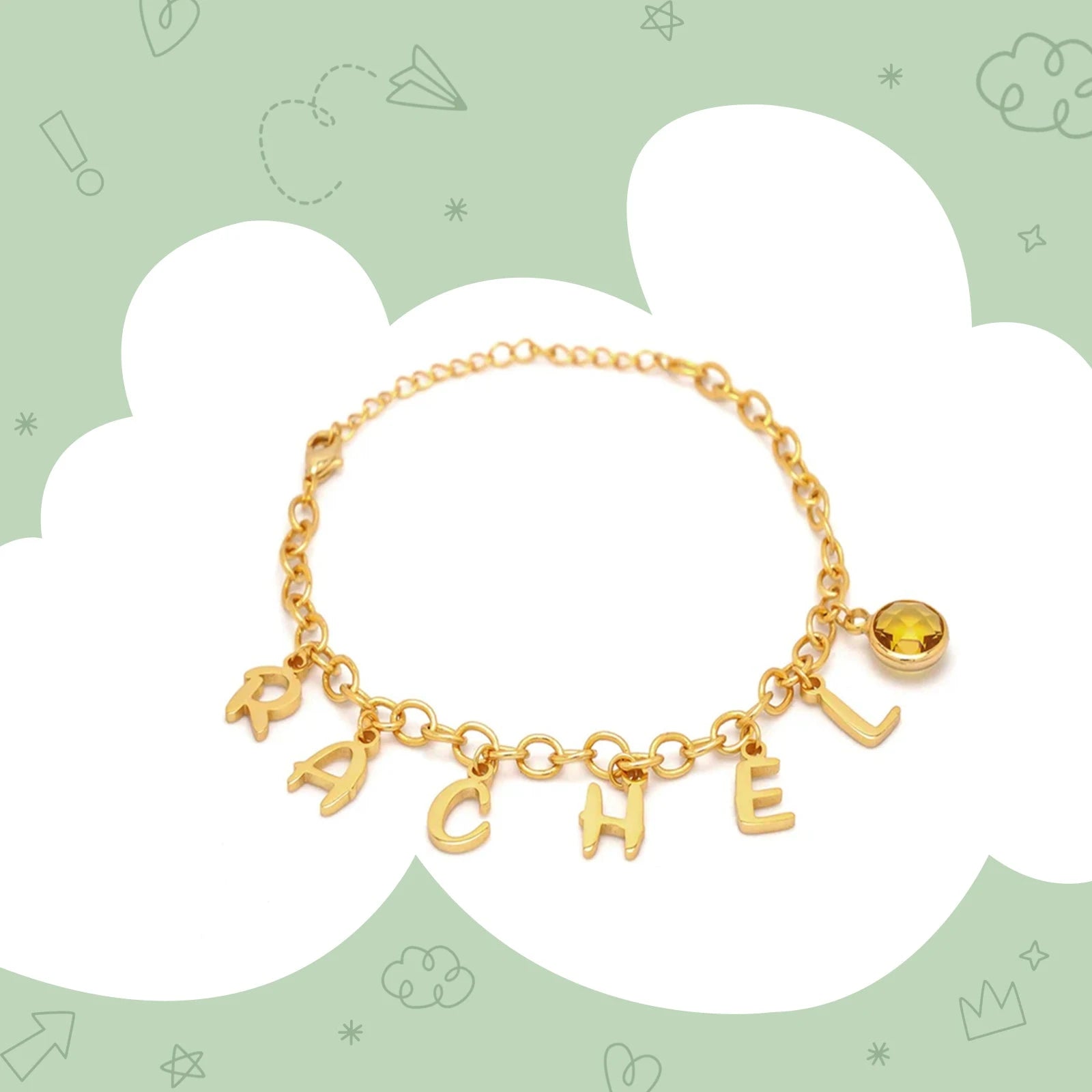
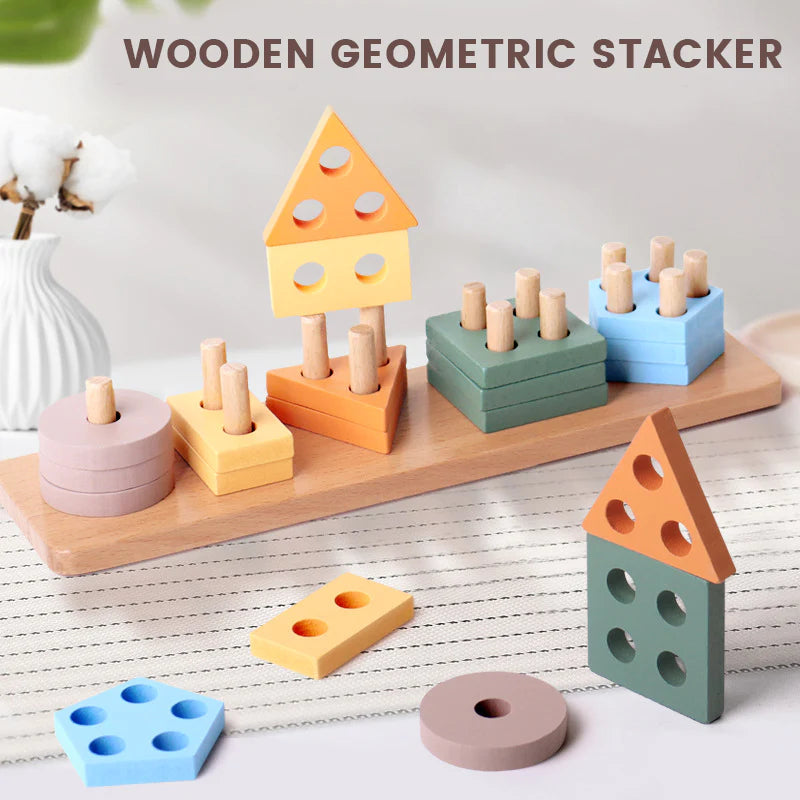



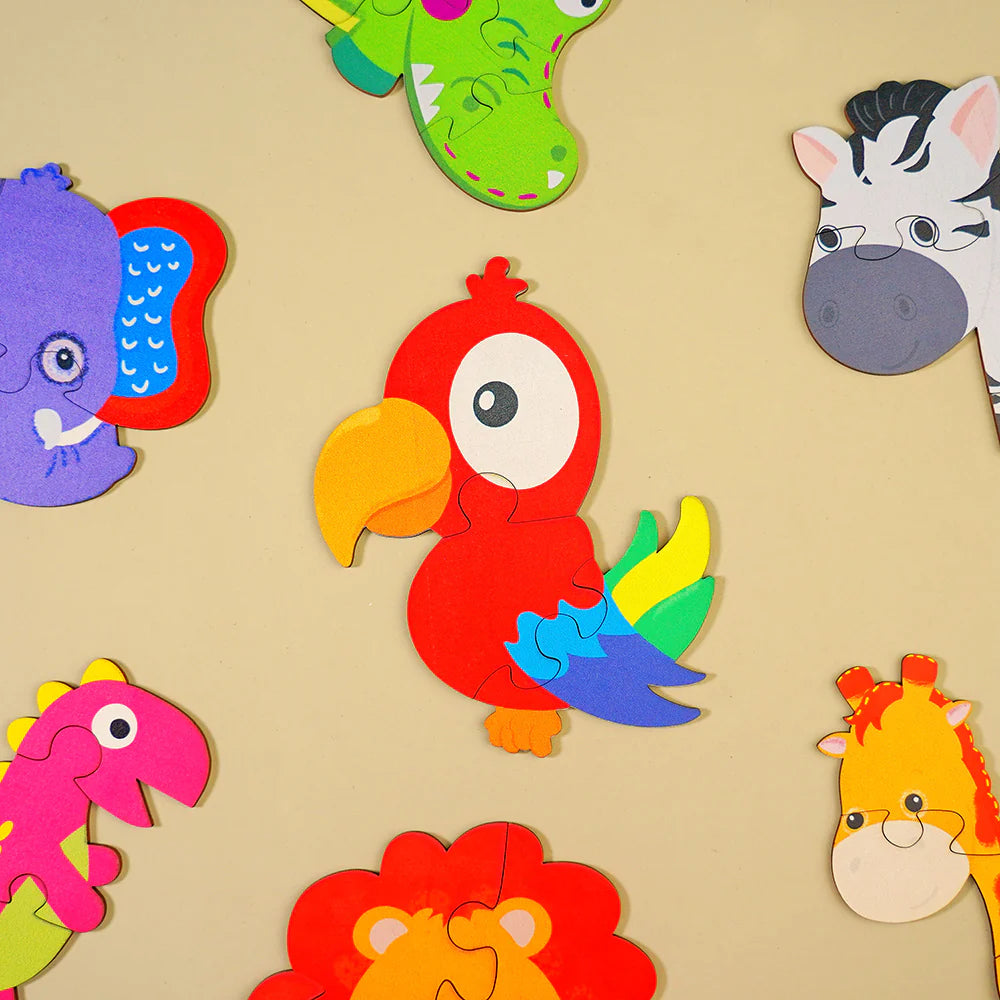


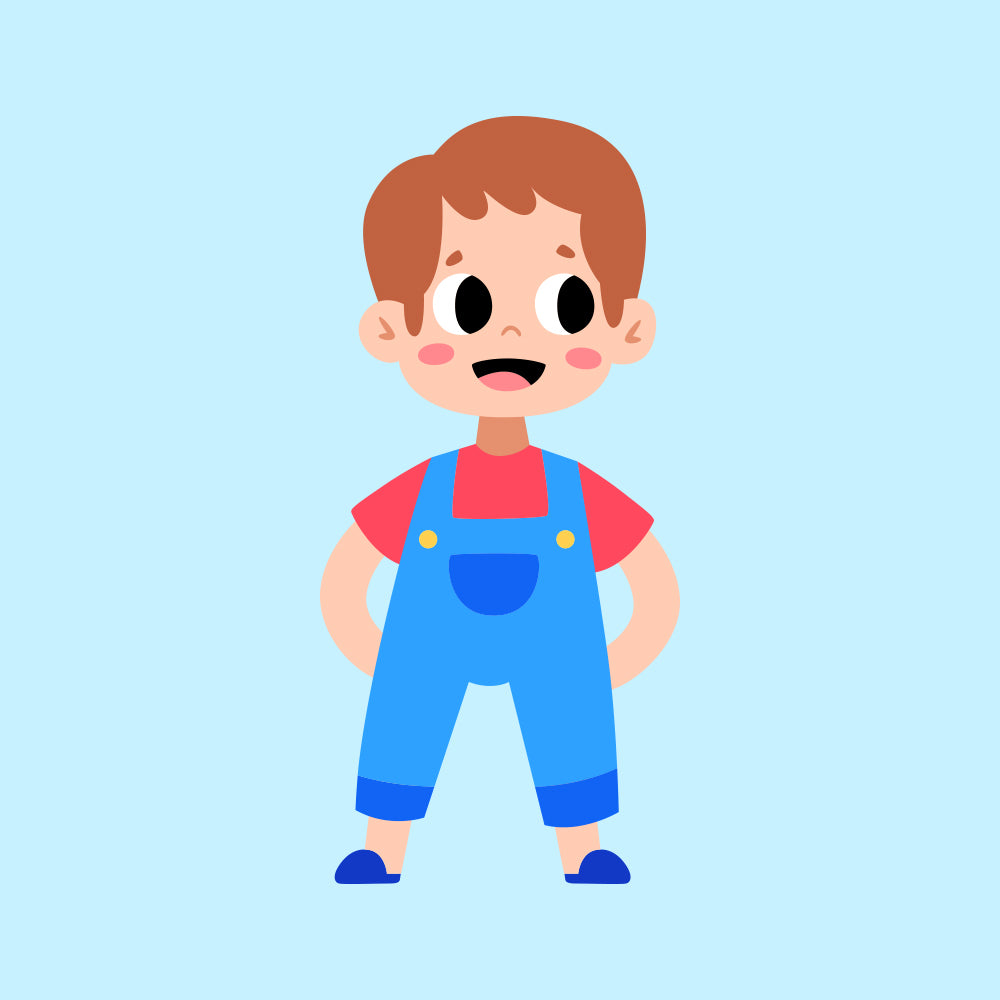



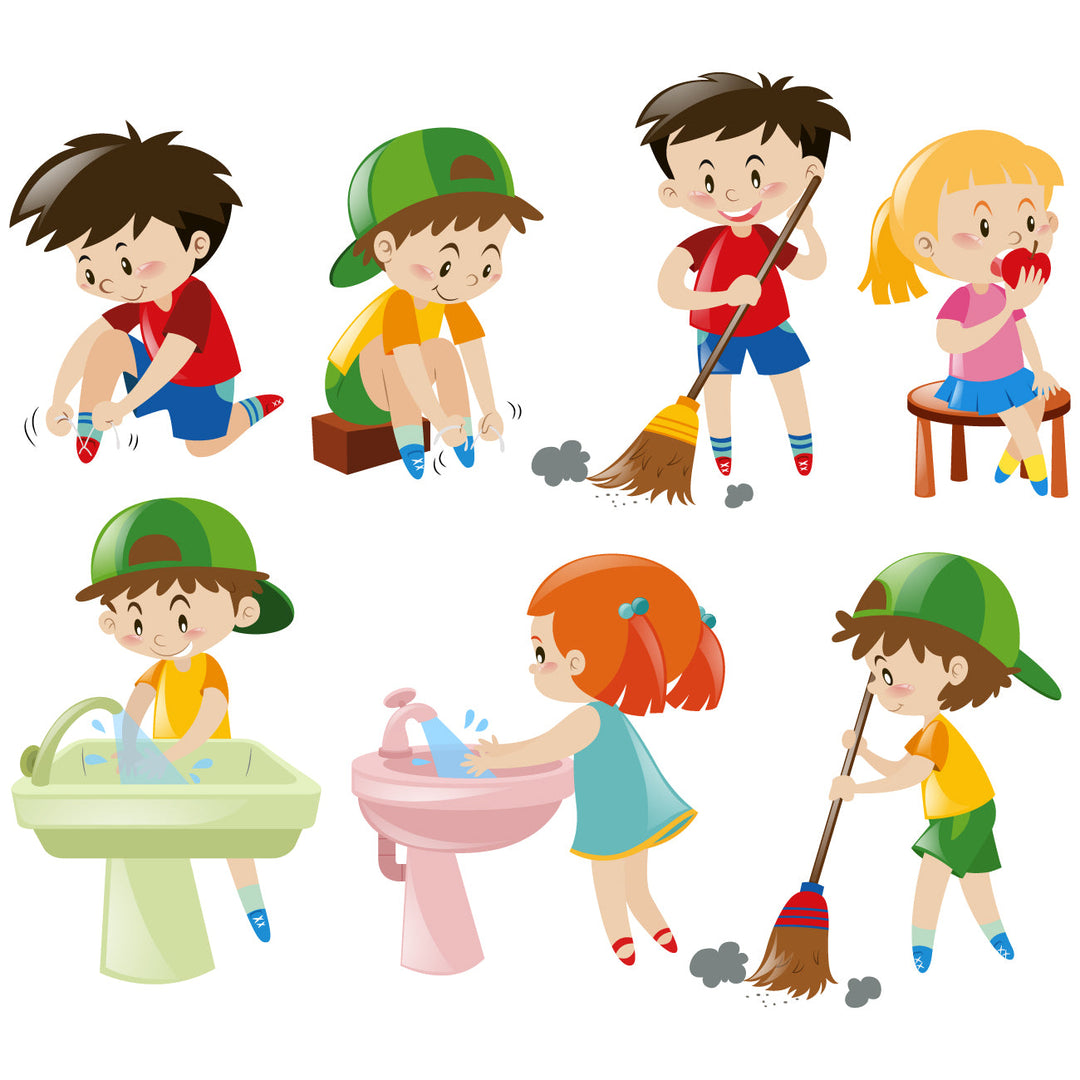




Hinterlasse einen Kommentar